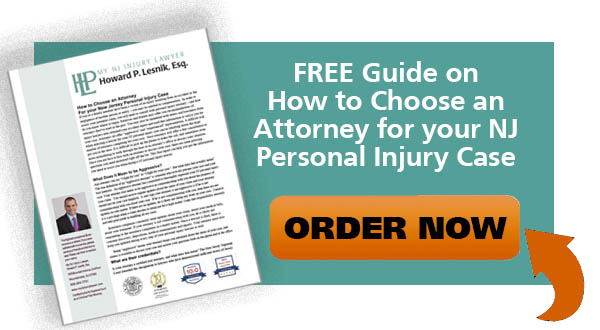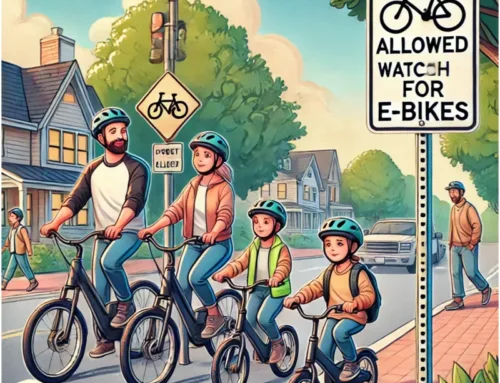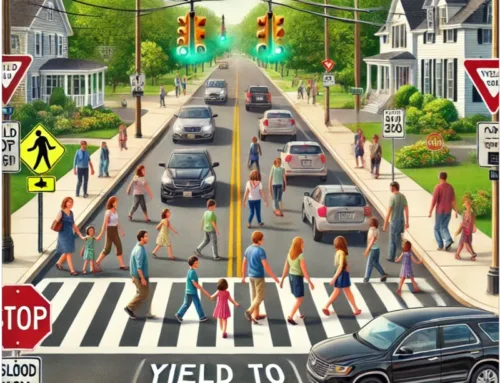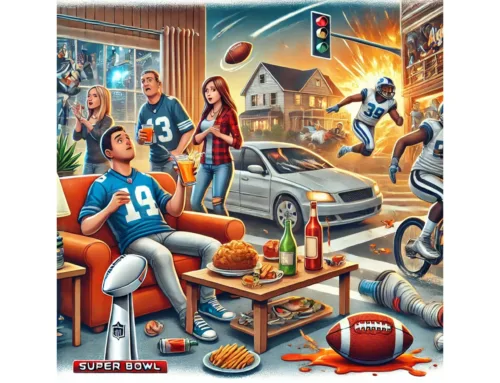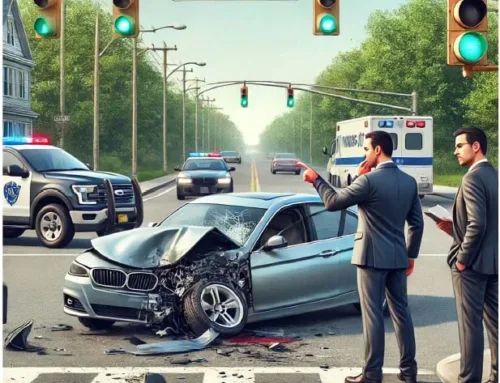As the year 2021 concludes and the final reports from law enforcement and road safety organizations are tallied, an indisputable fact arises from the data: New Jersey’s roads are getting more dangerous, especially for cyclists and pedestrians. The past two years have witnessed an alarming reversal in previous nationwide trends toward safer roadways; since March of 2020, highways and roads across the nation have seen a clear increase in automotive fatalities of all types. However, it’s worth paying special attention to the group that the National Safety Council describes as “vulnerable road users” – a group that includes pedestrians and cyclists, as well as road workers and users of wheelchairs or other mobility aids. Motorcyclists are also sometimes described as vulnerable road users, because the group is distinguished by the absence of an outer shield or shell of protection (such as the cabin of a car or truck) from the impact of an automotive collision.
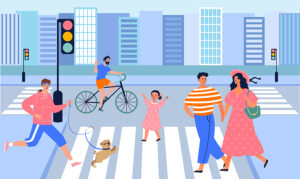
With the final data for 2021 becoming available, it’s clear that some disturbing trends are making themselves known. In New Jersey alone, 2021 saw 218 pedestrian fatalities in automotive accidents, and 23 pedal-cyclist fatalities. Not only do those numbers represent a third of all New Jersey automotive fatalities overall, but they are the highest rates of fatalities for those groups of “vulnerable road users” since 1989. That year saw 217 pedestrian and 18 cyclist fatalities in auto accidents. The realization that New Jersey’s roads are more dangerous for people on foot or riding bicycles than they have been in 32 years leads safety experts to ask: How can we fix this? What can we do to make our roads safer for vulnerable road users?
Part of the solution is better infrastructure. Many roads have no sidewalks at all or have sidewalks that are poorly maintained and in disrepair; this forces pedestrians and motorists to occupy the same space. Cyclists on roadways without bike lanes or well-maintained shoulders encounter the same problem – and while traffic laws treat bicycles as vehicles, it’s obvious that in the event of an automotive crash, it’s obvious that the cyclist is at a significant disadvantage relative to the occupants of a car.
Along with physical infrastructure, New Jersey has taken legislative and policy-based steps to improve the safety of its roads for vulnerable road users. This March, a law signed in August of 2021 will take effect that will mandate how and when motorists must safely pass cyclists and other vulnerable road users. The new law will require motorists, when safely possible, to move over one lane when passing a cyclist; when a lane change is not possible, the motorist must leave at least 4 feet of clearance between their vehicle and the cyclist when passing. If this cannot be done safely, the driver must slow to 25 mph instead of passing the cyclist. The law, which has been compared to the “move over law” protecting first responders, brought New Jersey in line with 42 other states which had already passed similar legislation; its provisions protecting cyclists would also apply to pedestrians on roads without usable sidewalks, skateboarders, and people who use mobility devices such as power wheelchairs or electric scooters. The New Jersey Department of Transportation (NJDOT) also operates several grant programs to support pedestrian and cyclist safety improvements at the county and municipal level.
In addition to these policy improvements, however, must also come a shift in the way motorists think and behave toward vulnerable road users. Part of the problem is an issue of awareness and expectation: people tend to see what they expect to see and fail to notice things they aren’t actively watching for. Motorists on the road are alert for other cars, but don’t always remember to check for the smaller profiles of bicycles or pedestrians. Infrastructural changes that keep pedestrians and cyclists separated from motor vehicles can help in part with this problem, but public awareness efforts and signage reminding drivers to watch for pedestrians and bicycles may also contribute to a solution.
From the perspective of cyclists and pedestrians, though, there’s another issue to consider: the matter of empathy. One cyclist, Betsy Link, whose friend Julie Galezniak was killed after being struck by a pickup truck in Chesterfield Township while participating in a cycling event, expressed her wish that drivers would remember that cyclists are also people with families, and to consider their own loved ones, “because we’re going back to those people, too.” Research director John Boyle for the Bicycle Coalition of Greater Philadelphia describes that on roads where vulnerable road users are forced to share space with automobiles, “how frightening that can be when you’re being passed by at high speeds or being honked at with a horn.” A moment’s consideration can literally mean the difference between life and death.
Contact MyNJInjuryLawyer Howard P. Lesnik
If you or a loved one suffered an injury in an accident in NJ, you should contact an attorney familiar with handling these claims. An experienced NJ Injury Lawyer will know how to obtain medical records, videos, photographs, experts, locate witnesses and contact the insurance company so you can make a claim for your injuries.
My NJ Injury Lawyer Howard P. Lesnik, Esq. offers complimentary strategy sessions to address any issue or questions you may have for your injury claim in NJ.
Please contact NJ Injury Lawyer Howard Lesnik, Esq., immediately if you were involved in an accident. I personally handle NJ personal injury cases on a regular basis. Please contact me now by email, by phoning 908.264.7701, or by completing the form to the right to schedule your complimentary 30-minute strategy session.


